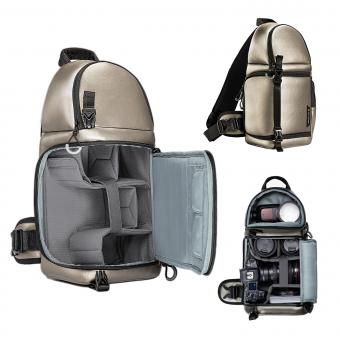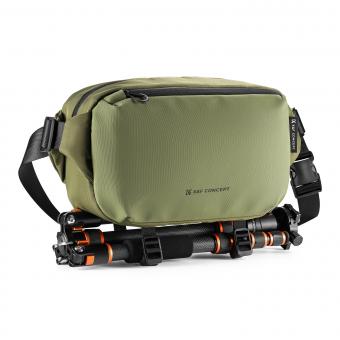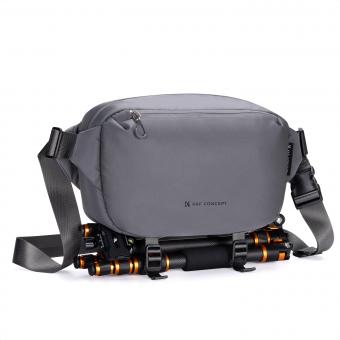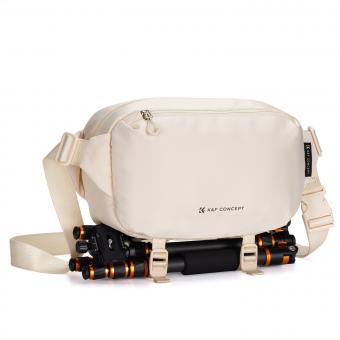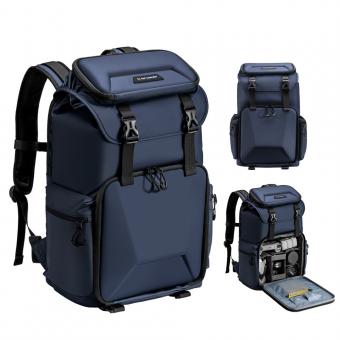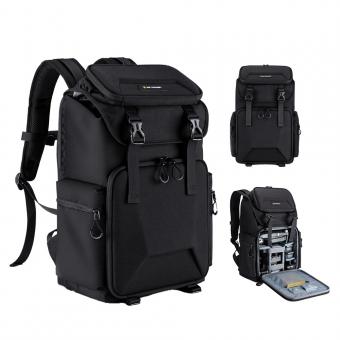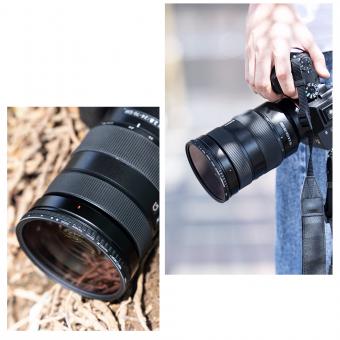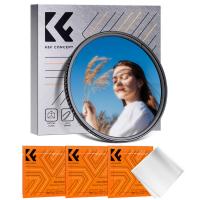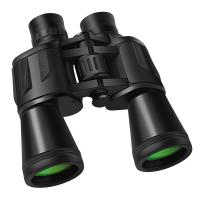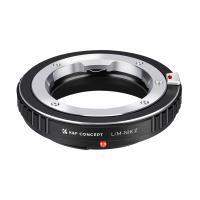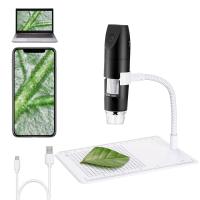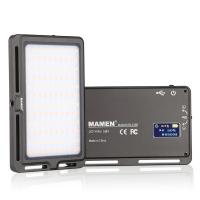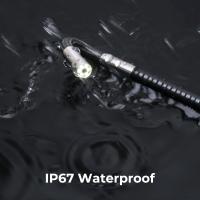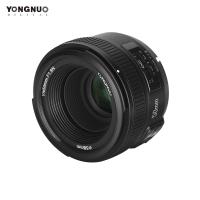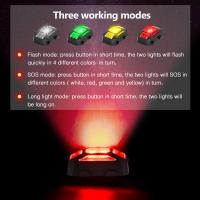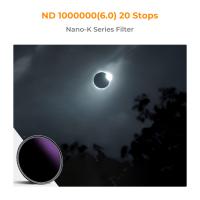How To Keep Camera Bag Dry?
Keeping your camera bag dry is essential for protecting your valuable photography equipment from moisture, which can cause significant damage. Whether you're an amateur photographer or a seasoned professional, understanding how to safeguard your gear from the elements is crucial. In this article, we will explore various strategies and products that can help you keep your camera bag dry, ensuring that your equipment remains in optimal condition.
Understanding the Risks of Moisture

Before diving into the solutions, it's important to understand why keeping your camera bag dry is so critical. Moisture can lead to several issues, including:
1. Corrosion: Metal parts of your camera and lenses can corrode when exposed to moisture.
2. Mold and Mildew: These can grow on your camera and lenses, potentially ruining them.
3. Electrical Damage: Moisture can short-circuit the electronic components of your camera.
4. Image Quality: Condensation on lenses can affect image quality, leading to blurry or foggy photos.
Choosing the Right Camera Bag
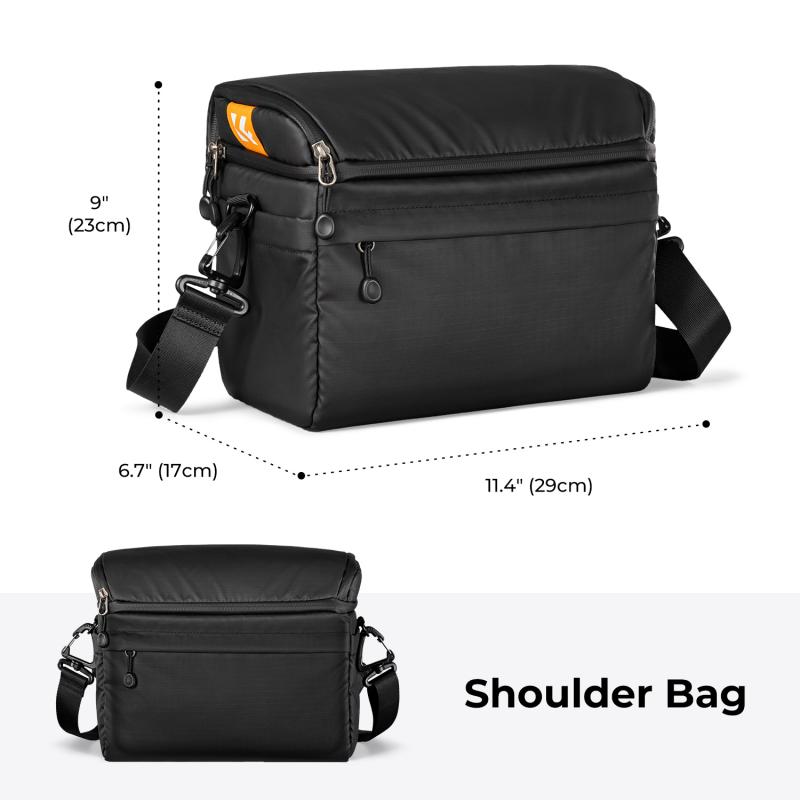
The first step in keeping your camera bag dry is selecting the right bag. Here are some features to look for:
1. Water-Resistant Material: Opt for bags made from water-resistant materials like nylon or polyester. These materials can repel water to a certain extent.
2. Sealed Seams: Bags with sealed seams prevent water from seeping in through the stitching.
3. Weatherproof Zippers: Zippers are often the weakest point in a bag's defense against water. Look for bags with weatherproof zippers.
4. Rain Cover: Many camera bags come with a built-in rain cover. If yours doesn't, consider purchasing one separately.
Using Rain Covers
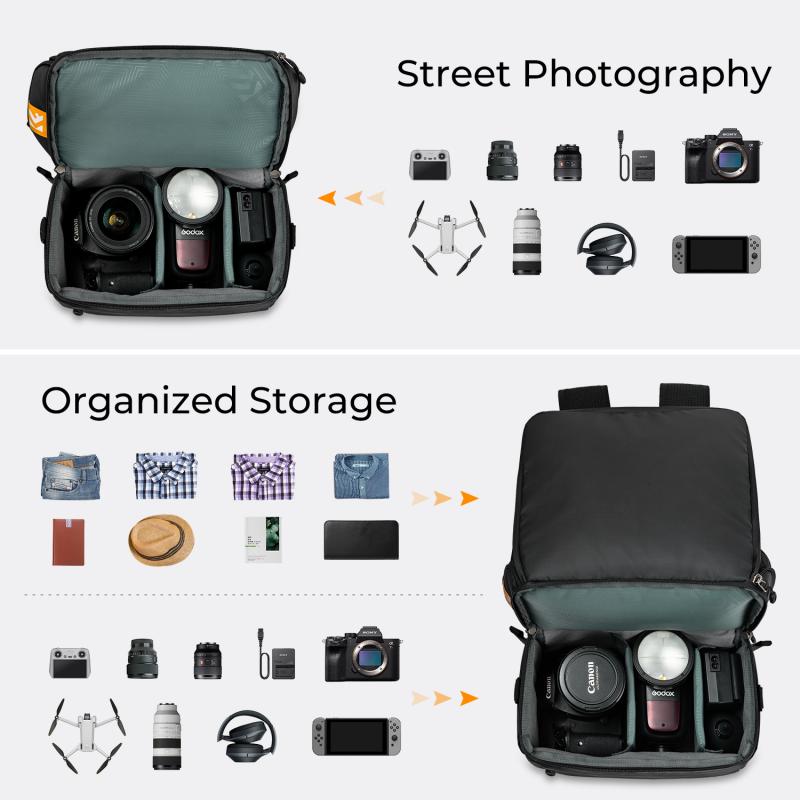
Rain covers are an excellent way to protect your camera bag from rain and moisture. They are typically made from waterproof materials and can be easily slipped over your bag. Here are some tips for using rain covers effectively:
1. Fit: Ensure the rain cover fits your bag snugly. A loose cover can allow water to seep in.
2. Accessibility: Choose a rain cover that allows you to access your bag's compartments without removing the cover entirely.
3. Storage: Keep the rain cover in an easily accessible pocket of your bag so you can quickly deploy it when needed.
Waterproof Inserts and Dry Bags
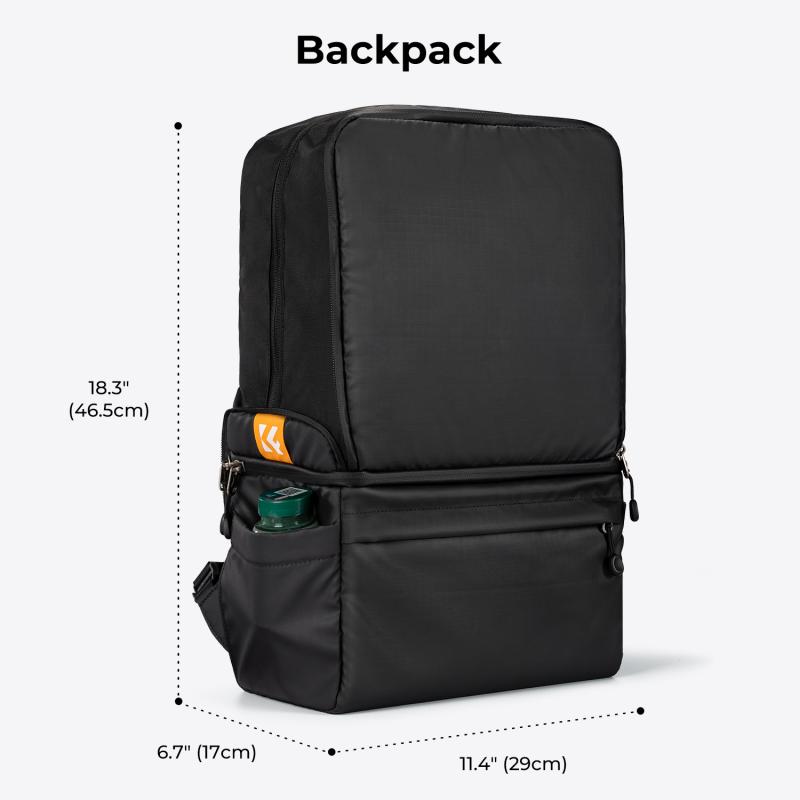
For added protection, consider using waterproof inserts or dry bags inside your camera bag. These provide an extra layer of defense against moisture. Here’s how to use them:
1. Waterproof Inserts: These are smaller bags or pouches that fit inside your camera bag. Place your camera and lenses inside these inserts for added protection.
2. Dry Bags: Dry bags are completely waterproof and can be used to store your camera gear. They are especially useful in extremely wet conditions.
Silica Gel Packs
Silica gel packs are small packets that absorb moisture. Placing a few of these inside your camera bag can help keep the interior dry. Here’s how to use them effectively:
1. Placement: Distribute the silica gel packs throughout your bag, placing them in different compartments.
2. Replacement: Silica gel packs lose their effectiveness over time. Replace them regularly to ensure they continue to absorb moisture.
3. Reactivation: Some silica gel packs can be reactivated by drying them out in an oven. Check the manufacturer's instructions for details.
Proper Storage
How you store your camera bag when not in use can also impact its dryness. Here are some storage tips:
1. Dry Environment: Store your camera bag in a dry, cool place. Avoid damp basements or attics.
2. Air Circulation: Ensure there is good air circulation around your bag to prevent moisture buildup.
3. Elevated Storage: Keep your bag off the ground, especially if you store it in a basement or garage, to avoid contact with any potential water sources.
Regular Maintenance
Regular maintenance of your camera bag can help keep it dry and in good condition. Here are some maintenance tips:
1. Cleaning: Clean your bag regularly to remove dirt and debris that can trap moisture.
2. Inspection: Inspect your bag for any signs of wear and tear, such as holes or broken zippers, and repair them promptly.
3. Waterproofing Spray: Consider using a waterproofing spray on your bag to enhance its water resistance. Follow the manufacturer's instructions for application.
Emergency Measures
Sometimes, despite your best efforts, your camera bag may get wet. Here are some emergency measures to take if this happens:
1. Remove Gear Immediately: Take your camera and lenses out of the bag as soon as possible to prevent further exposure to moisture.
2. Dry the Bag: Turn the bag inside out and let it air dry in a well-ventilated area. Avoid using direct heat, as this can damage the bag.
3. Dry the Gear: Use a soft, dry cloth to wipe down your camera and lenses. If moisture has entered the camera, consider using a desiccant like silica gel or rice to absorb the moisture.
Keeping your camera bag dry is essential for protecting your valuable photography equipment from moisture-related damage. By choosing the right bag, using rain covers, waterproof inserts, and silica gel packs, and following proper storage and maintenance practices, you can ensure that your gear remains safe and dry. Remember, taking these precautions not only extends the life of your equipment but also ensures that you can continue capturing stunning images without any interruptions.



